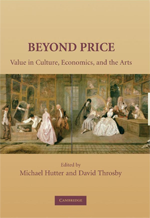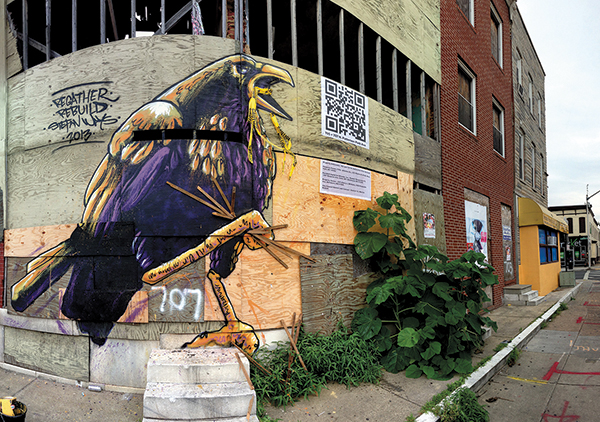Public Art
When the Network of Ensemble Theaters (NET) set out to produce MicroFest USA: Revitalize, Reconnect, Renew, we wanted to look at the positive impact that art and artists were having on communities around the country. Our intent was twofold: to acknowledge and advance the pioneering and current work of ensemble theaters committed to community-based practice and positive community change (placemaking), and to foster mutual learning with a wider spectrum of artists, cultural workers, and community partners also contributing to community well-being and social change (placemakers).
Read More...Success Looks Different Now: Design and Cultural Vitality in Lower Manhattan is a fluently argued report published in June 2013 by the Architectural League of New York about cultural infrastructure needs in Lower Manhattan.
Read More...Every decade or two, the professions of architecture and city planning are captivated by a movement with a particularly catchy name. Currently, the popular term is placemaking — a fairly loose term that is running neck and neck with “sustainability.” Within the design professions, this movement — really more a philosophy — suggests that people’s lives can be made better by intentionally designing interior and exterior spaces to embrace a wide range of users, provide for safety, and create artful expressions that endure over time.
Read More...January 2010, 21 pages. Fine Arts Fund, 20 East Central Parkway, Suite 200, Cincinnati, OH, 45202, 513-871-2787, www.fineartsfund.org
Supporters of the arts have struggled to develop a national conversation that makes the case for robust, ongoing public support for the arts; but public spending on the arts is too often criticized as an example of wasteful government spending or a misguided government intrusion into an area where it does not belong.
Read More...
October 2009, 105 pages. PennPraxis, 409 Durham Wing, School of Design, University of Pennsylvania, Philadelphia, PA, 10003, 215-573-8719, www.design.upenn.edu/pennpraxis
Download at: http://issuu.com/pennpraxis/docs/report_publicart
Read More...
Beyond Price: Value in Culture, Economics, and the Arts; Edited by Michael Hutter and David Throsby; Cambridge University Press, 2007, 324 pages
— Lewis Hyde
Recent studies on New York’s creative sector have established that the arts are a key asset in the city’s economic portfolio. Culture Counts: Strategies for a More Vibrant Cultural Life for New York City (2001); Creative New York (2005); and The Arts as an Industry: Their Economic Impact on New York City and New York State (2007) provide ample evidence that the diverse number of cultural institutions, arts-related businesses, and artists in New York generate employment, attract tourism, and enhance the city’s quality of life.
Read More...Before the house lights dim at a production of Romeo and Juliet, I look for myself and I am delighted to find myself as I was many years ago: A teenaged boy sitting by himself. I recognize him because he keeps checking the number on his ticket against the number on the armrest. All in all, he is pleased with his seat. He wears a sweater and tie. He reads his program with the intensity I used similarly to scrutinize the actors’ biographies, the director’s notes, and the advertisements for after-theater dining.
Read More...The current economic climate has forced many nonprofit arts organizations to confront underlying issues. Tensions mount, dollars are scarce, and unresolved weaknesses or fissures often grow. We have seen heartening examples of artists, donors, audiences, and funders rallying to support the art and organizations that they love. In some cases, streamlined, more focused organizations are forging ahead with renewed determination. But in other cases, the economic downturn may herald the time to close the doors.
Read More...
